Research
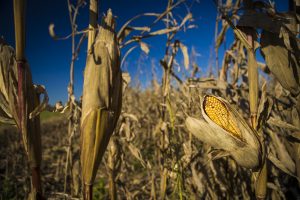
March 12, 2021
Agricultural Markets Still Face Uncertainty, but University of Missouri Analysts See Signs of Optimism
Farm income could decline in 2021, in spite of large increases in the value of crop and livestock sales, according to the latest analysis of national and global agricultural trends from the University of Missouri. Lower government payments and higher farm production costs could outweigh the increase in sales. Even with the decline projected by analysts at the Food and Agricultural Policy Research Institute (FAPRI), net farm income of $112 billion in 2021 would still be much higher than it was from 2015-2019. Net farm income increased to $121 billion in 2020, the highest level since 2013, primarily because…
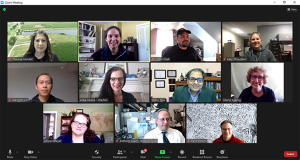
Feb. 24, 2021
Raising the Research Profile
CAFNR Research Council working to promote researchers and projects.
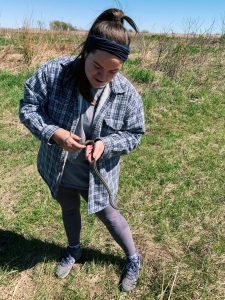
Feb. 17, 2021
Part of the Frontline Discovery Group
When Lauren Eagon came to the University of Missouri to study natural resource science and management, one of her goals was to complete her own research project. With the help of faculty mentors in the MU College of Agriculture, Food and Natural Resources (CAFNR), Eagon, who is now a senior, has been an active participant in undergraduate research throughout her collegiate career. She has gained hands-on experience through various research projects, where she has partnered with CAFNR faculty, staff and graduate students. She has also accomplished her goal and conducted her own research. “Providing undergraduates with such a valuable opportunity…
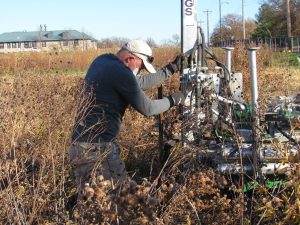
Jan. 27, 2021
‘Just the Tip of the Iceberg’
Nearly 30 years after it was established in 1888, researchers at the University of Missouri began the process of taking and studying soil cores at Sanborn Field. About every 25 years, those cores are taken again to gain an understanding of the changes in the soil over time, given the variety of treatments and rotations that occur each year. It’s been more than 30 years since the soil cores have last been studied. Tim Reinbott, director of Sanborn Field, worked throughout 2020 to secure funding and was able to put together a team of partners who removed the cores in…
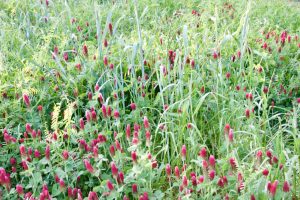
Jan. 4, 2021
Diving Deeper Into Regenerative Agriculture
The University of Missouri College of Agriculture, Food and Natural Resources (CAFNR) is going to dive deeper into regenerative agriculture by forming a new Center for Regenerative Agriculture. While there is no single definition for regenerative agriculture, some key elements of the practice include increasing soil health and biodiversity, integrating a mix of conservation practices, and contributing to overall sustainability and profitability on working farms and ranches. “We have been fortunate to obtain external funding to support the center, which will foster faculty and student collaboration across the entire college and will support key aspects of our new strategic plan…
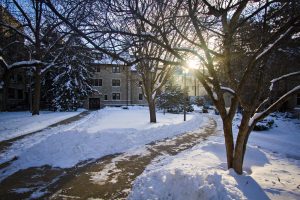
Dec. 18, 2020
A Long-Term Look
While there’s never a dull moment when it comes to long-term forecasting, Tony Lupo doesn’t foresee any wild weather swings during the upcoming winter months in mid-Missouri. Lupo, a professor of atmospheric science in the University of Missouri College of Agriculture, Food and Natural Resources (CAFNR) School of Natural Resources (SNR), said the weather shouldn’t stray too far from last year’s winter, although it may be a tad bit cooler. “December has definitely started off on the warm side of normal, but I think as we move forward, our temperatures will move to cooler than average based on La Niña,”…
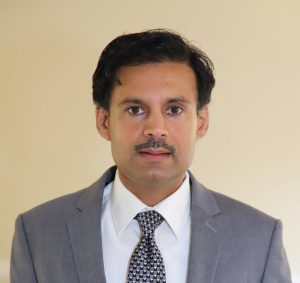
Dec. 14, 2020
Working to Benefit Society
Pavel Somavat spent four years teaching electrical engineering at CCS Haryana Agricultural University, a land-grant university located in India. Somavat enjoyed the underlying philosophy and offerings of the land-grant system – and when he had an opportunity to take a faculty position at one of the two land-grant universities in Missouri, he jumped at the chance. Somavat joined the University of Missouri College of Agriculture, Food and Natural Resources (CAFNR) Division of Food Systems and Bioengineering (FSB) this year as an assistant professor of food science/biomedical, biological and chemical engineering. Somavat taught courses in food science and researched natural food…
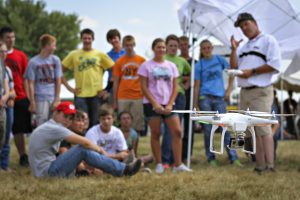
Dec. 14, 2020
A Strategic Change
It was just a few years after Leon Schumacher joined the University of Missouri that the agricultural mechanization program changed its name to Agricultural Systems Management (ASM). The program, located in the MU College of Agriculture, Food and Natural Resources Division of Food Systems and Bioengineering (FSB), updated its name in the early 1990s to reflect the changing teaching focus, as well as the ever-changing technology. Now, nearly 30 years later, the program is updating its name once again to reflect new strategic priorities. The new name change, which went into effect in October, is from ASM to Agricultural Systems…
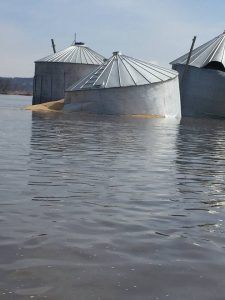
Dec. 7, 2020
After the Deluge
Historic flooding along the Missouri River in 2019 has left many still repairing damage this fall. Jim Crawford and his team repairing damage in fall 2020 from flooding that occurred in spring 2019. Cold, snowy weather in early 2019 set the stage for significant flooding in northwestern Missouri as spring approached, said University of Missouri Extension state climatologist Pat Guinan. “The flooding got off to an early start in mid-March when an unusually strong and moisture-laden late spring-like storm system dropped 1-4 inches of precipitation—mostly rainfall—over a two-day period across southeastern South Dakota, southwestern Minnesota, northwestern Iowa and much of…
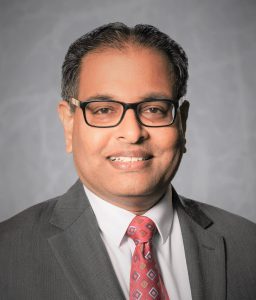
Dec. 3, 2020
Joining a Prestigious Organization
Growing up on a small agroforestry farm in India, Shibu Jose found an interest in the land management practice, which combines both agriculture and forestry, at an early age. That interest in agroforestry morphed into a passion as Jose began his bachelor’s degree in forestry at Kerala Agricultural University in Kerala, India. Jose, now the associate dean in the CAFNR Office of Research, has spent his distinguished career researching a variety of topics, including agroforestry practices and ecological sustainability. Jose recently added to his long list of accolades after being named a 2020 Fellow of the American Association for the…